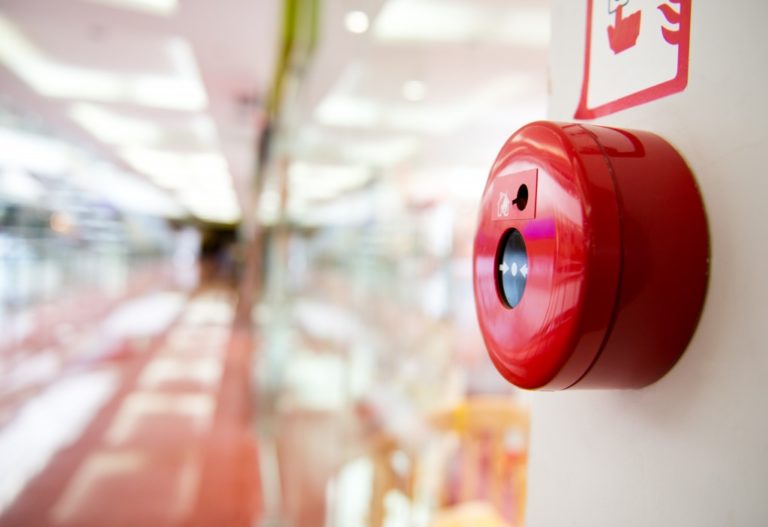If you are the owner or landlord of non-domestic premises, or an employer or safety manager in a building, then you have a certain level of responsibility to fulfil under UK law when it comes to fire safety. Knowing the relevant regulations and penalties and conducting a proper risk assessment is what leads to the implementation of the necessary fire safety measures in your premises.
An essential part of your duties as the ‘responsible person’ will be creating and implementing a fire emergency plan. Here are some crucial considerations as you draft your response strategy.
How should people respond?
At the basic level, you must consider the emergency from the viewpoint of ordinary personnel or building staff with no particular responsibilities. Every employee or occupant must know to raise the alarm in case they are the ones to discover the fire. Then after raising or hearing the alarm, proceed to evacuation through the nearest emergency route. Make sure the routes are marked with standard UK compliant fire exit signs.
Regular personnel must understand the importance of not tarrying for belongings or attempting to tackle the fire – you’ll have to designate specific individuals for that. The best way everyone else can help is to make for the designated assembly area and await further instructions.
Who has specific emergency responsibilities?
For a clear and efficient response, the emergency hierarchy must be well defined. At a minimum, designate a person to contact and liaise with emergency services. Depending on the nature of your premises, you may need to assign further responsibilities to other individuals.
Consider assigning fire marshals or wardens to specific areas of the building. They should be able to coordinate efforts to sweep their respective areas before evacuating, and may also undergo training to handle firefighting equipment and perform in that capacity during an emergency. Sometimes you may also need specific people to handle areas with hazardous materials or equipment, to shut down specialised machinery or processes.
How do you account for everybody?

Make sure that during an evacuation, your people are aware of the need to proceed to designated assembly areas and remain there until further notice. This is to help account for the various occupants of the building – employees of different units or departments, building facilities and staff personnel, visitors and contractors.
Special care must be given to persons with a disability. Study and carefully plan the best method of evacuation for disabled individuals, including the use of safe refuges within the building. Make sure that these emergency procedures are accessible to both occupants and visitors with disabilities.
How will people receive training and information?
Information on the emergency plan must be readily available to all building occupants as well as first-time visitors. Make sure that safety signs, escape routes, and assembly points are all well marked and illuminated. Employees and other occupants should be made aware of any equipment or areas that pose a safety hazard.
Conduct training to the extent necessary for each group of people. Those with a designated emergency responder must have further training; you may want to work with third party fire safety organisations for that purpose. Run a fire drill at least once a year and take down observations; you may need to improve further your emergency plan based on what you see.
Inadequate fire safety measures or poor planning and preparation can lead to the loss of life and property. Take your fire safety responsibilities seriously, and drill that down to everyone else in the building, for a sense of shared safety.



